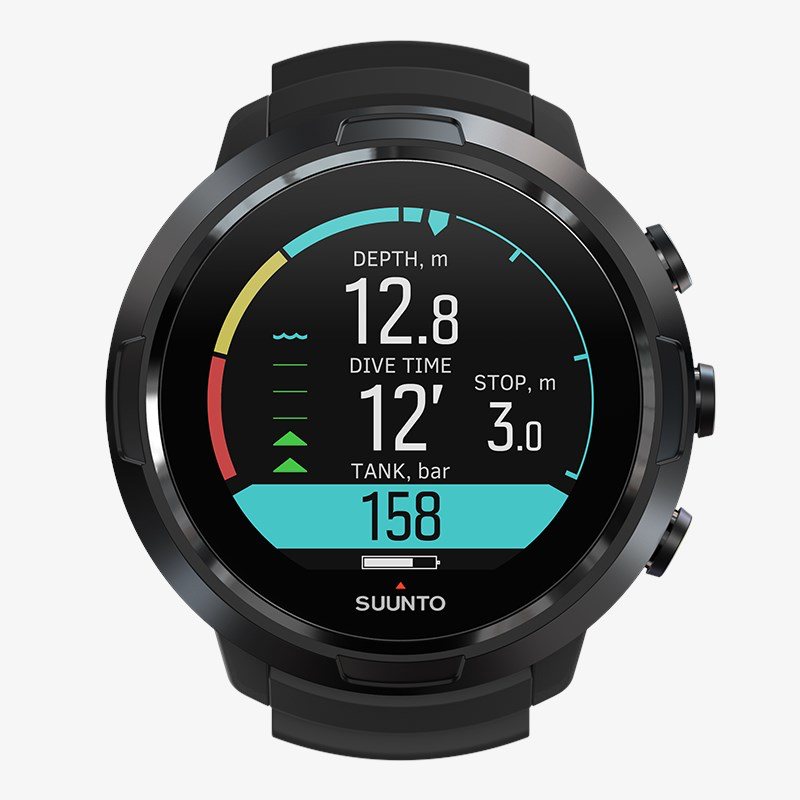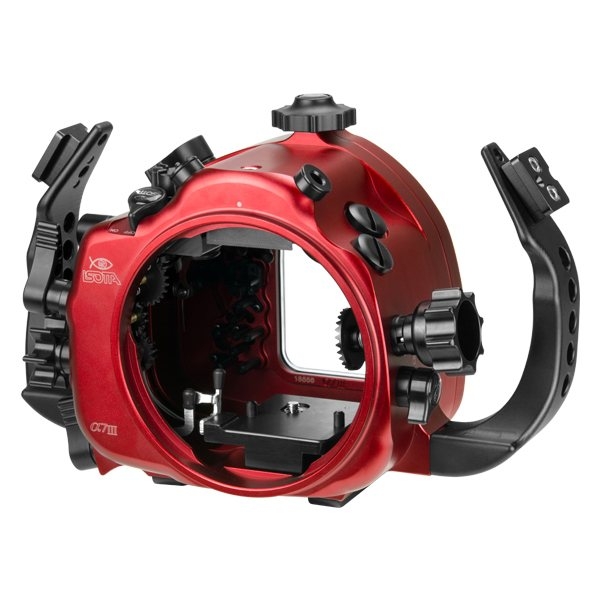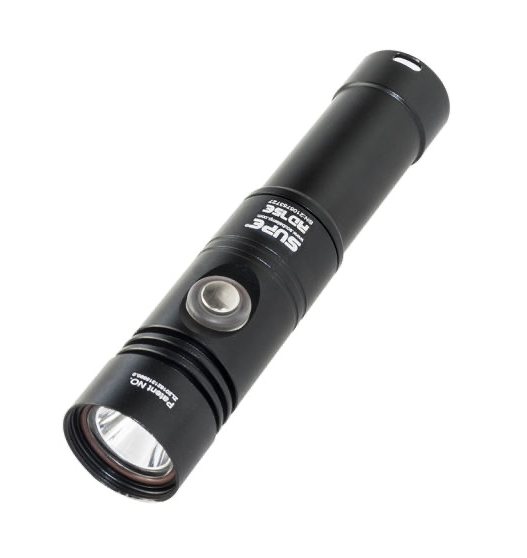- Home
- Directory
- Shop
- Underwater Cameras - Photographic Accessories
- Smartphone Housings
- Sea Scooters
- Hookah Dive Systems
- Underwater Metal Detectors
- Dive Gear
- Dive Accessories
- Diving DVD & Blu-Ray Discs
- Diving Books
- Underwater Drones
- Drones
- Subscriptions - Magazines
- Protective Cases
- Corrective Lenses
- Dive Wear
- Underwater Membership
- Assistive Technology - NDIS
- On Sale
- Underwater Gift Cards
- Underwater Art
- Power Stations
- Underwater Bargain Bin
- Brands
- 10bar
- AirBuddy
- Akona
- AOI
- Apollo
- AquaTech
- Atomic Aquatics
- aunoc
- AxisGo
- Backscatter Underwater Video and Photo
- BLU3
- Buddy-Watcher
- Cayago
- Chasing
- Cinebags
- Contour
- Deepblue
- Devilite
- Digipower
- DJI
- Dyron
- Edge Smart Drive
- Eneloop
- Energizer
- Exotech Innovations
- Fantasea
- FiiK Elektric Skateboards
- Fotocore
- Garmin
- Geneinno
- GoPro
- Hagul
- Hoverstar
- Hydro Sapiens
- Hydrotac
- Ikelite
- Indigo Industries
- Inon
- Insta360
- Intova
- Isotta Housings
- Jobe
- JOBY
- Kraken Sports
- LEFEET
- Marelux
- Mirage Dive
- Nautica Seascooters
- Nautilus Lifeline
- NautiSmart
- Nitecore
- Nocturnal Lights
- Nokta Makro
- Ocean Guardian
- Oceanic
- Olympus
- OM System
- Orca Torch
- Overboard
- Paralenz
- PowerDive
- QYSEA
- Ratio Dive Computers
- Scubajet
- Scubalamp
- Sea & Sea
- SeaDoo Seascooter
- SeaLife
- Seashell
- Seavu
- Shark Shield
- Sherwood Scuba
- Spare Air
- StickTite
- StormCase
- Sublue
- Suunto
- SwellPro
- T-HOUSING
- Tusa
- U.N Photographics
- Venture Heat
- XTAR
- Yamaha Seascooter
- Youcan Robot
- Zcifi
Fish disappear from stressed Philippines coral reefs
MANILA (AFP) - Fish species are fast disappearing from Philippine waters as delicate coral reefs, some of the biggest in the world, are destroyed in the archipelago, environmentalists warned Monday.
International marine watchdog group Reef Check painted a devastating picture of the condition of the reefs, which are being damaged and killed by coral bleaching, natural disasters and poor fishing practices.
Only five percent of the reefs -- which shelter and provide food for a vast number of marine species -- are still in pristine condition, it said.
"Philippine coral reefs are in a really bad situation," Domingo Ochavillo, country manager for Reef Check said in an interview with AFP.
Consequently populations of "highly targeted" species such as cod and groupers but also sea cucumbers, moray eels, pencil urchins, banded shrimp and giant clams are fast declining, Ochavillo said.
The watchdog is investigating the extent of coral bleaching in the Southeast Asian nation's waters. About 20 percent of reefs there were killed by bleaching from the El Nino phenomenon in the Pacific Ocean in 1998 alone, it said.
The Philippines and nearby Indonesia, another vast archipelago, account for 30 percent of the world's coral reefs, the group said.
Bleaching combined with overfishing, including using dynamite and poison, have left just 27,000 square kilometres (10,425 square miles) or five percent of the reefs in pristine condition.
"Signature species" such as groupers, the barramundi cod, and the Napoleon wrasse -- already a protected but highly sought fish -- are difficult to find even in areas far from Philippine coast lines, Ochavillo said.
Between 30 and 40 percent of the population -- or up to 35 million people -- live on the coast of the Philippines, described in one US study as the "centre of the centre" of marine biodiversity, and depend on fishing for a living.
"People have been travelling away from normal fishing grounds" in order to fill their catches, and meet the demands of the international aquarium industry, Ochavillo said.
Some coral species grow only an inch (2.54 centimetres) annually, taking years to recover once damaged. But Ochavillo said some reefs declared protected areas in the Philippines have been slowly recovering.
More at:
http://afp.google.com/article/ALeqM5gza0_DfksevafiSmlMEsvNKwMtHA
![]() Contributed by Tim Hochgrebe added 2007-09-26
Contributed by Tim Hochgrebe added 2007-09-26
Replies of 2
- Kath added 2007-09-26
After having returned from Puerto Galera, not far from Manila, where I did 15 dives, this story is of no surprise to me. We saw only one of the above mentioned species, being a small Napolean Wrasse. On only one dive did we see anything bigger than harlequin sweetlips, being a small school of giant trevally. We commented after the dive that by the time we get a bear they would probably be being pulled up into one ofe the many fishing boats we saw.
It's a shame that these people have such a huge diving industry with so much more potential that they continue to pillage the reefs to the point that divers will stop going there. What will 90% of Puerto Galeras' population do when they lose their jobs in the diving industry, or $$ made from the diving tourists. You certainly wouldn't go there as a regular tourist. Although there is still the frightening, thriving sex indusrty.
Kath
I bubble and bubble no toil nor trouble
-
 Tim Hochgrebe added 2007-10-04
Tim Hochgrebe added 2007-10-04
In good news we found today, the Philippines have banned fishing to revive their biggest reef - read below:
MANILA - The Philippines has tightened laws banning fishing and collecting of species on the country's largest coral reef to help it recover from near destruction, the World Wildlife Fund for Nature said on Tuesday.
The 27,400 hectare Apo Reef off the coast of Mindoro island was almost drained of life by heavy fishing, including by dynamite and cyanide, which left only a third of coral cover by the early 1990s.
A ban on fishing, only partially enforced since it took effect in 1994, has helped restore some of the reef so that around half is now alive. Now a new local law, brought in this week, is stepping up protection in what was once of the world's top dive spots.
'It has been declared a 'no-take zone' to allow the reef and the various species around it ample time to recover from years of fishing,' said Gregg Yan of the World Wildlife Fund-Philippines.
Yan said the marine park would be opened for tourists to help generate funds for its protection as well as provide an alternative livelihood for hundreds of fishermen in the area.
The Philippines tops a list of hotspots for endangered coral reefs due to destructive fishing methods and pollution, the Center for Applied Biodiversity Science said in a recent report published in 'Science' magazine.
Some of the endangered species are returning to the reefs.
'A few months back, divers saw a school of over a hundred scalloped hammerhead sharks,' Yan told reporters, adding that groups of manta and eagle rays had also been sighted in 'ever-higher concentration'.
'Even giants like the whaleshark and sperm whales are being seen regularly, an indicator that biodiversity levels are returning,' he said.
Tim Hochgrebe
Dive in, Explore ... and Save!
Replies of 2
![]() Login or become a member to join in with this discussion.
Login or become a member to join in with this discussion.

 Seabob Sales
Seabob Sales
Official dealer of SEABOB Luxury Seatoys by CAYAGO. Addictive fun on and underwater. Dive in and discover. Made in Germany.
Shopfront
-
 AOI UCS-Q1RC Ultra Compact Strobe Q1 with Olympus RC Mode
AOI UCS-Q1RC Ultra Compact Strobe Q1 with Olympus RC Mode
- Price A$ 669.00
-
 SwellPro Fisherman FD3 ADVANCED - WaterProof Fishing Drone
SwellPro Fisherman FD3 ADVANCED - WaterProof Fishing Drone
- Price A$ 3,499.00
-
 Suunto D5 Dive Computer with USB Cable
Suunto D5 Dive Computer with USB Cable
- Price A$ 799.00
-
 QYSEA Fifish E-GO - Next Generation Underwater Robot
QYSEA Fifish E-GO - Next Generation Underwater Robot
- Price A$ 11,999.00
-
 FLIP12 Pro Package with DIVE & DEEP Filters & +15 MacroMate Mini Lens for GoPro HERO 5, 6, 7, 8, 9, 10, 11, 12 and 13
FLIP12 Pro Package with DIVE & DEEP Filters & +15 MacroMate Mini Lens for GoPro HERO 5, 6, 7, 8, 9, 10, 11, 12 and 13
- Price A$ 339.00
-
 Isotta Underwater Mirrorless Camera Housings
Isotta Underwater Mirrorless Camera Housings
- Price A$ 2,290.00
-
 Sublue Vapor - Pump-Jet Underwater Scooter
Sublue Vapor - Pump-Jet Underwater Scooter
- Price A$ 4,999.00
Articles
-
 The Mystery of the Smelly Sharks
The Mystery of the Smelly Sharks
by George Evatt
- On Tuesday 21st of October 2003 some divers reported seeing lots of small dead sharks lying on the bottom in about 8 metres of water at Camp Cove, just inside the entrance to Sydney Harbour ...



 SUPE Scubalamp RD75E LED Recreational Diving Torch - 1200 lumens
SUPE Scubalamp RD75E LED Recreational Diving Torch - 1200 lumens




